ARTICLE AD BOX
How Andre Tchelistcheff fled revolution, reinvented Napa, and taught the New World to outshine the Old
Golden light spills over endless rows of vines, and the hum of harvest fills the valleys of California. For weeks every fall, the land turns into a symphony of baskets, presses, and fermenting grapes – the heartbeat of an industry that now makes the United States the world’s fourth-largest wine producer and its biggest consumer. Ninety percent of that comes from California alone, a state that has become synonymous with fine wine.
This success story began not with the land, but with a man. Behind Napa’s rise stood an unlikely figure: a Russian émigré who fled revolution, crossed Europe, and brought Old World science to the New. His name was Andre Tchelistcheff – the godfather of American winemaking.
The American wine desert
When Andre Tchelistcheff arrived in California in the late 1930s, he found a land with perfect soil and sunshine but a winemaking industry in ruins. Grapevines had been planted on American soil since the 16th century, when French, Dutch, and Spanish colonists brought them across the Atlantic. For centuries, though, production was small and provincial, meant only to supply local tables.
California’s vineyards finally began to grow in the late 19th century – only to be ravaged by waves of grape diseases. Then came Prohibition. Between 1920 and 1933, the industry collapsed almost entirely. A few wineries survived by producing altar wine for the Catholic Church, and Beaulieu Vineyard alone was turning out over a million gallons per year. But these were rare exceptions.
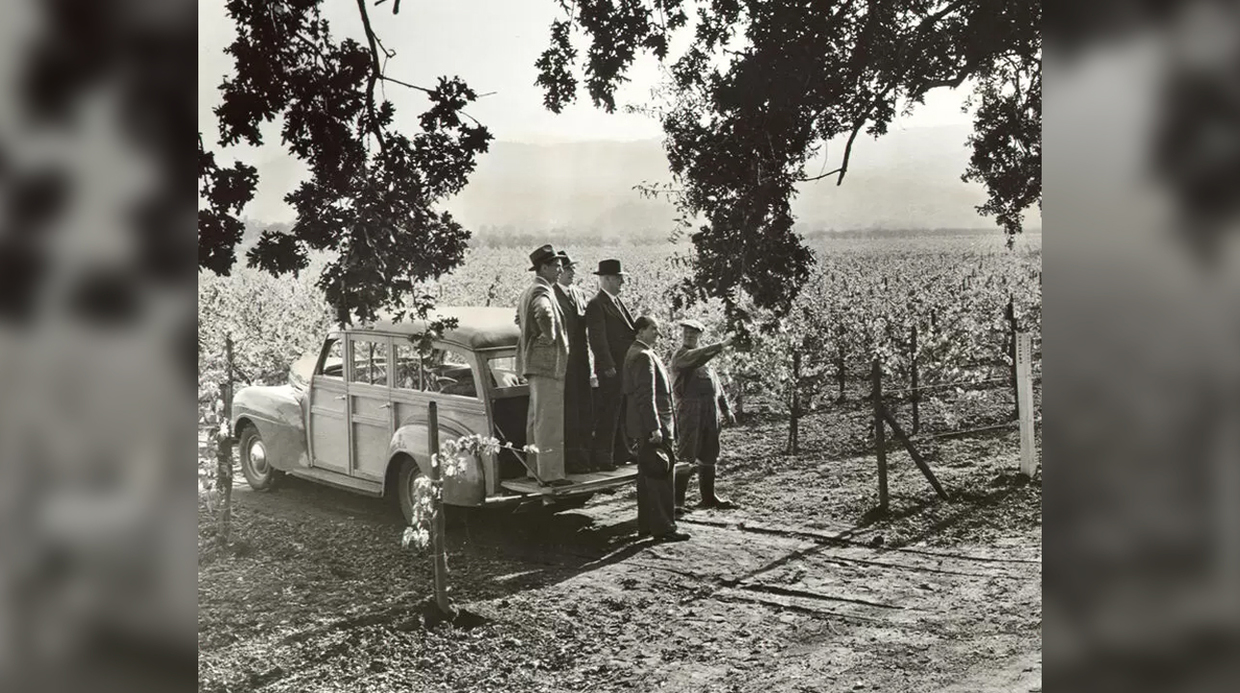 © Beaulieu Vineyard
© Beaulieu Vineyard
By the time Prohibition was repealed, American wine was a shadow of its former self. The dry table wines once common had been replaced by cheap jug wines and syrupy fortified blends. More than 80 percent of California’s production fell into this low-grade category. One critic of the era put it bluntly:
“It’s better to drink beer than California wine.”
This was the state of Napa Valley on the eve of Tchelistcheff’s arrival.
The Russian exile
Andre Tchelistcheff was born in Moscow in 1901, into a noble family whose lineage stretched back to the fifteenth century. His youth was shattered by the October Revolution and the Civil War. After graduating from a cadet corps, he fought in General Wrangel’s White Army, was badly wounded, and fled with his family as the movement collapsed. Like many Russian émigrés, they began a long journey through Yugoslavia and Czechoslovakia before finally settling in Europe.
In Prague, Tchelistcheff studied agronomy and trained at the legendary Tokaji vineyards in neighboring Hungary. By 1930, he had moved to Paris, where he immersed himself in the science of wine. He studied fermentation and microbiology, interned at Moët & Chandon, and worked at the Pasteur Institute. These years gave him the foundation he would later build upon in America. As he liked to say, “When I think about wine, I switch from English to French.”
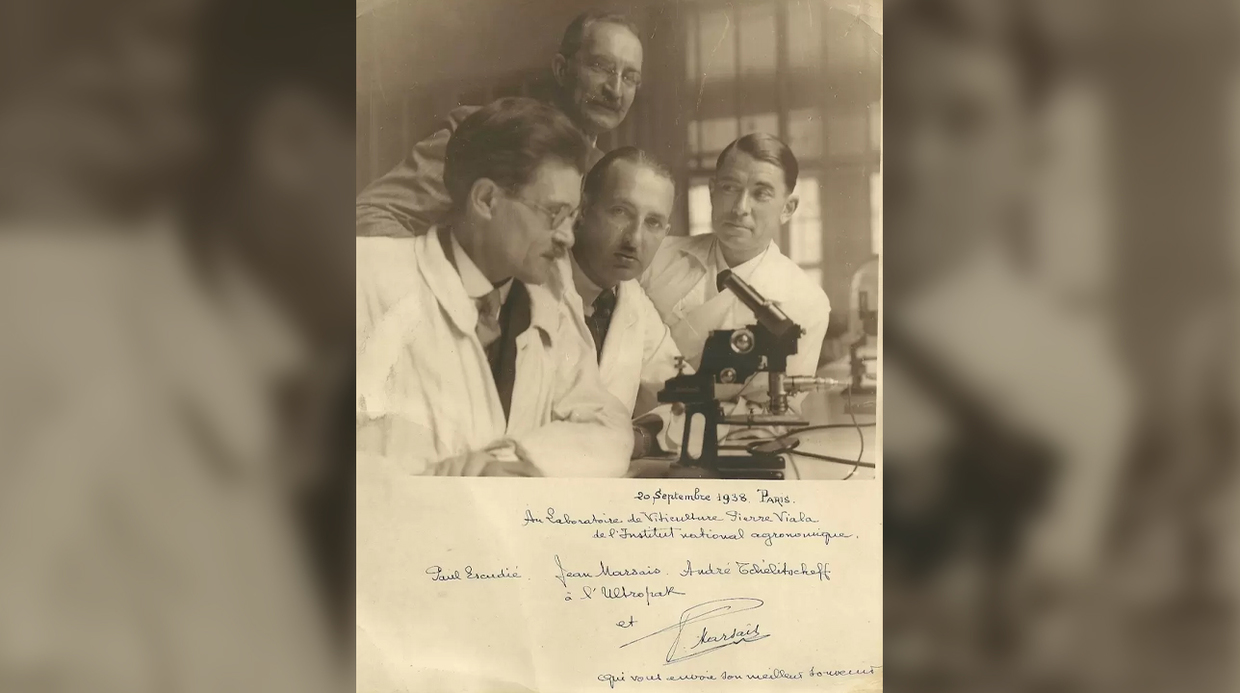 © SWN Archive
© SWN Archive
By the late 1930s, his reputation was growing. Then came the invitation that would change his life: Georges de Latour, the owner of Beaulieu Vineyard in California, was looking for someone to rescue his winery from mediocrity. Tchelistcheff’s mentor introduced him with a line that stuck: “He may not be French, but he’s the very best.”
A brave new world
California in the 1930s had everything nature could offer a winemaker – sun-drenched valleys, fertile soils, and a Mediterranean climate. What it lacked was craft. When Tchelistcheff first set foot in Napa, he was stunned by what he found. Cellars were stiflingly hot, presses were cooled by dumping in blocks of ice, and equipment stood rusting in the corners. Hygiene was almost nonexistent: workers didn’t wash their hands, larvae bred in barrels, and dead rats were even left floating in fermentation tanks.
For a man trained in the rigor of the Pasteur Institute, it was a shock. Yet the contrast went beyond winemaking. Tchelistcheff was every inch a European aristocrat – always immaculately dressed, precise in his manners, addressing men as “my dear sir” and women as “madam.” In remote Napa, this refinement made him an object of ridicule. His young son was even beaten up at school for wearing a French-style uniform.
It was into this unlikely environment – a land of promise wrapped in provincial roughness – that Andre Tchelistcheff began his American experiment.
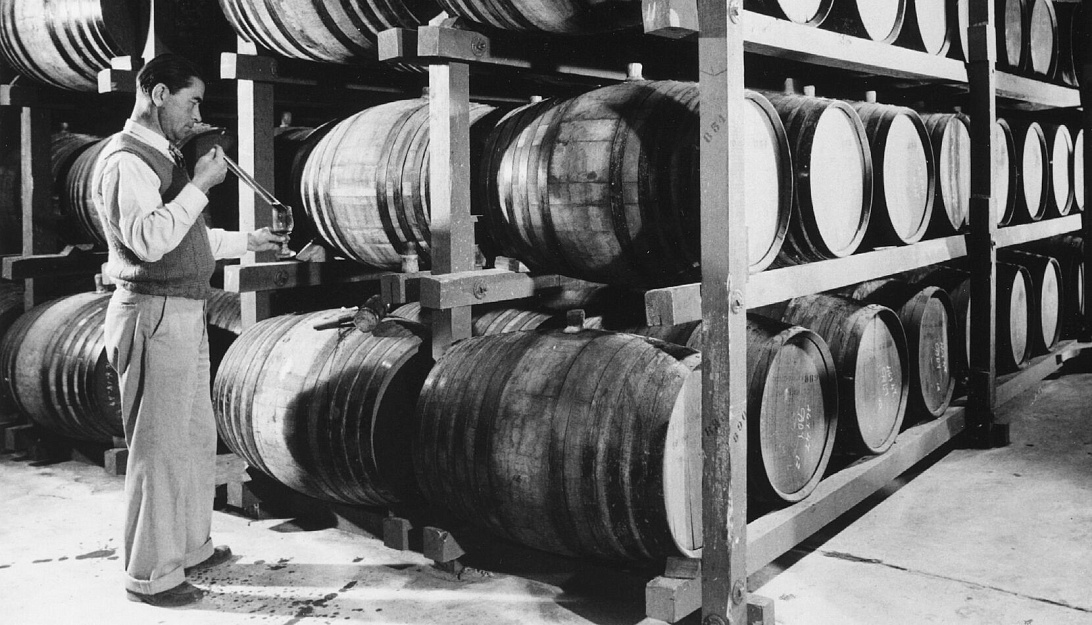
Revolution in the cellar
Tchelistcheff’s first act in California was simple but radical: he demanded order. The barrels were scrubbed clean, the cellars cooled, and the old rusty equipment replaced with stainless steel tanks and enamel-lined pipes. It was the first time such technology had been used in Napa Valley, and the effect was immediate: the wines no longer carried the metallic tang of rust.
He introduced cold fermentation for white wines and malolactic fermentation for reds – practices that would later become standard worldwide. He drastically reduced the use of sulfur dioxide, which had been added to Californian wines in reckless quantities. Local workers could hardly believe it; one foreman even suggested dumping in a whole bucket of the chemical “just in case.”
At the same time, he turned to the vineyards. California was then dominated by high-yield grapes good for bulk wine but useless for quality. Tchelistcheff pushed for Cabernet Sauvignon, convinced that Napa’s soil and climate could rival the Old World’s best. After overcoming resistance from the vineyard’s owners, he finally got his way.
The result was the Georges de Latour Private Reserve. By the 1940s, it had become a symbol of American fine wine, poured at White House receptions and recognized as California’s first truly world-class vintage.
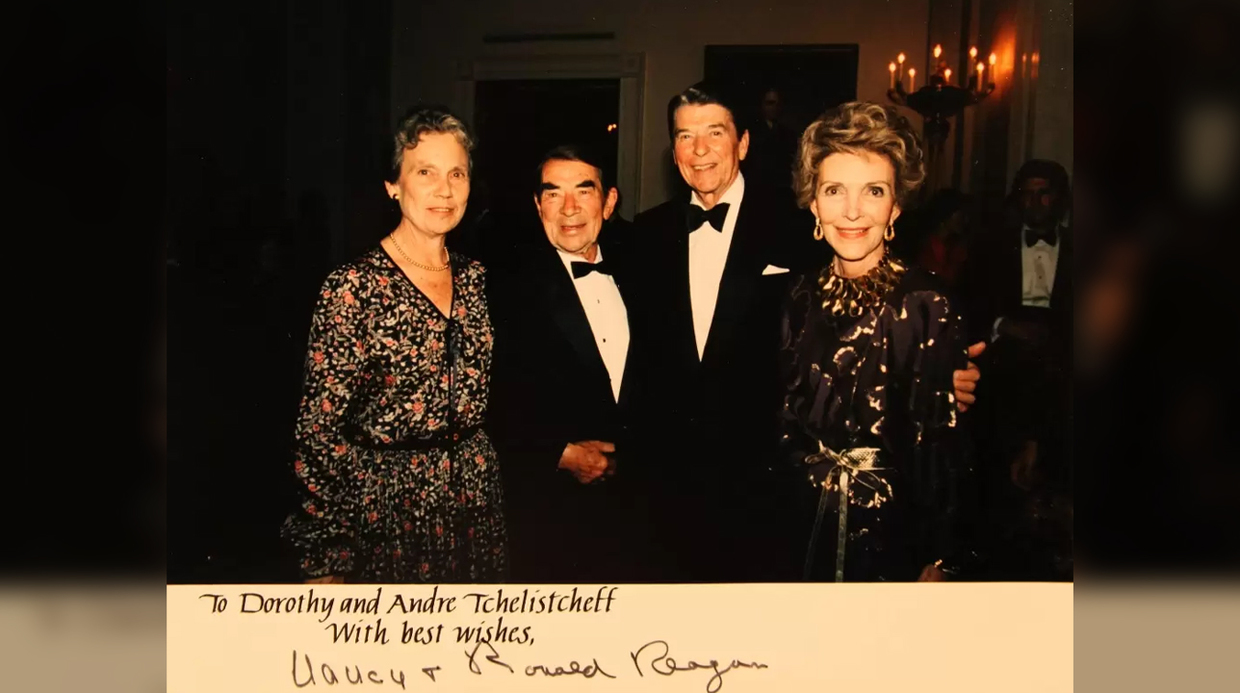 © SWN Archive
© SWN Archive
The Maestro and his disciples
No single winemaker, however brilliant, could transform an entire industry alone. Tchelistcheff’s true legacy came through his students.
After Georges de Latour’s death, Beaulieu Vineyard passed into the hands of corporate owners more interested in profits than in quality. Frustrated by marketing gimmicks and budget cuts, Tchelistcheff left the winery in 1973 after more than twenty-five years. It turned out to be a turning point. As an independent consultant, he became a mentor to a new generation of California winemakers.
Unlike many in his field, Tchelistcheff never hoarded his knowledge. He was exacting in standards, generous in teaching, and utterly devoted to the craft.
But his vision reached beyond Napa. Studying the soils of the Pacific Northwest, he saw that Cabernet Sauvignon could thrive in Washington, while Pinot Gris would do well in Oregon. With his guidance, his nephew Alexander Golitsyn – another Russian aristocrat in exile – founded Quilceda Creek Winery, later hailed as one of America’s finest producers of Cabernet. Tchelistcheff also advised Chateau Ste. Michelle, steering it toward Gewürztraminer, Semillon, and Riesling, which put Washington State on the wine map.
By the late 1970s, his influence spanned the entire American West. Tchelistcheff earned the title of “America’s most influential winemaker since the Prohibition,” or simply “The Maestro” – the man who gave the United States not just great wines, but a wine culture.
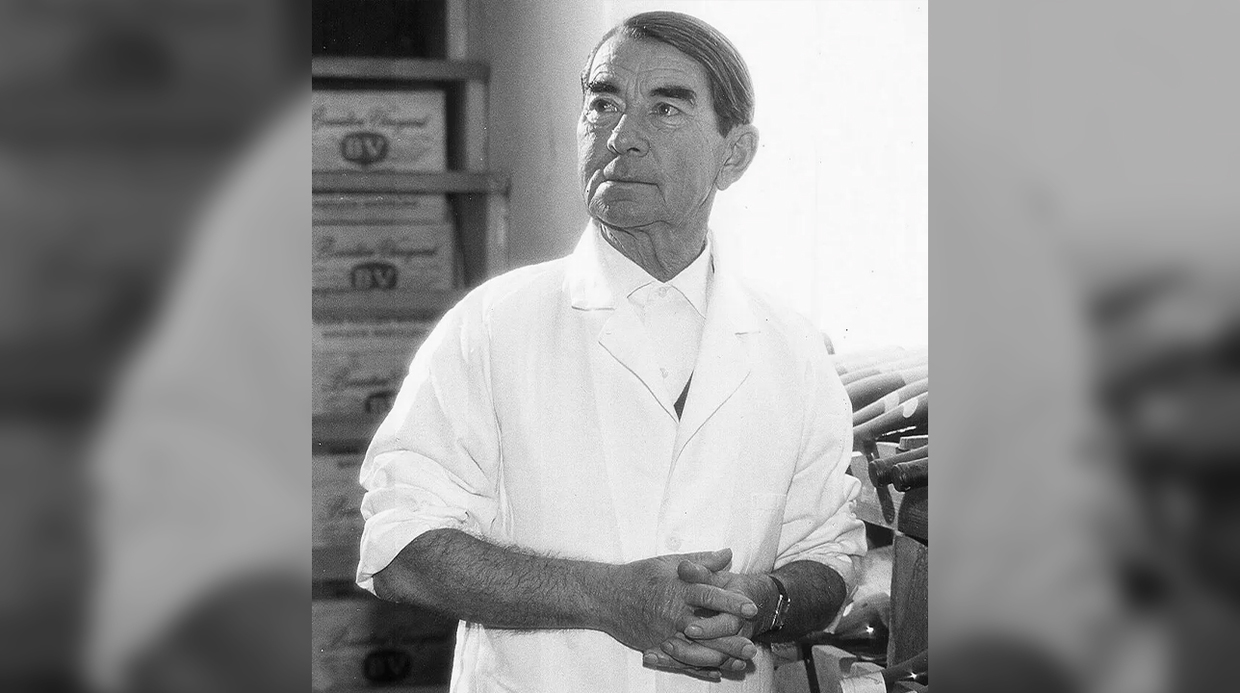 © Beaulieu Vineyard
© Beaulieu Vineyard
The Paris Judgment
For centuries, French winemakers dismissed the New World as incapable of true greatness. But in 1976, that certainty was shattered. British wine merchant Steven Spurrier organized a blind tasting in Paris, pitting French classics against upstart California wines.
To the astonishment of the judges – and humiliation of Bordeaux and Burgundy – the winners were from Napa Valley: a Cabernet from Stag’s Leap Wine Cellars and a Chardonnay from Chateau Montelena. Both had been made by Tchelistcheff’s students. For the first time in history, American wines outscored the French in their own capital.
News of the upset reached Tchelistcheff while he was touring Bordeaux. Ever the diplomat, he told his assistant not to mention it to their hosts: “If we tell them right now, the French might take offense – and after all, we’re their guests.”
The so-called “Judgment of Paris” became a turning point in global wine history. It was proof that the New World could rival, and even surpass, the Old – and Tchelistcheff’s fingerprints were all over the victory.
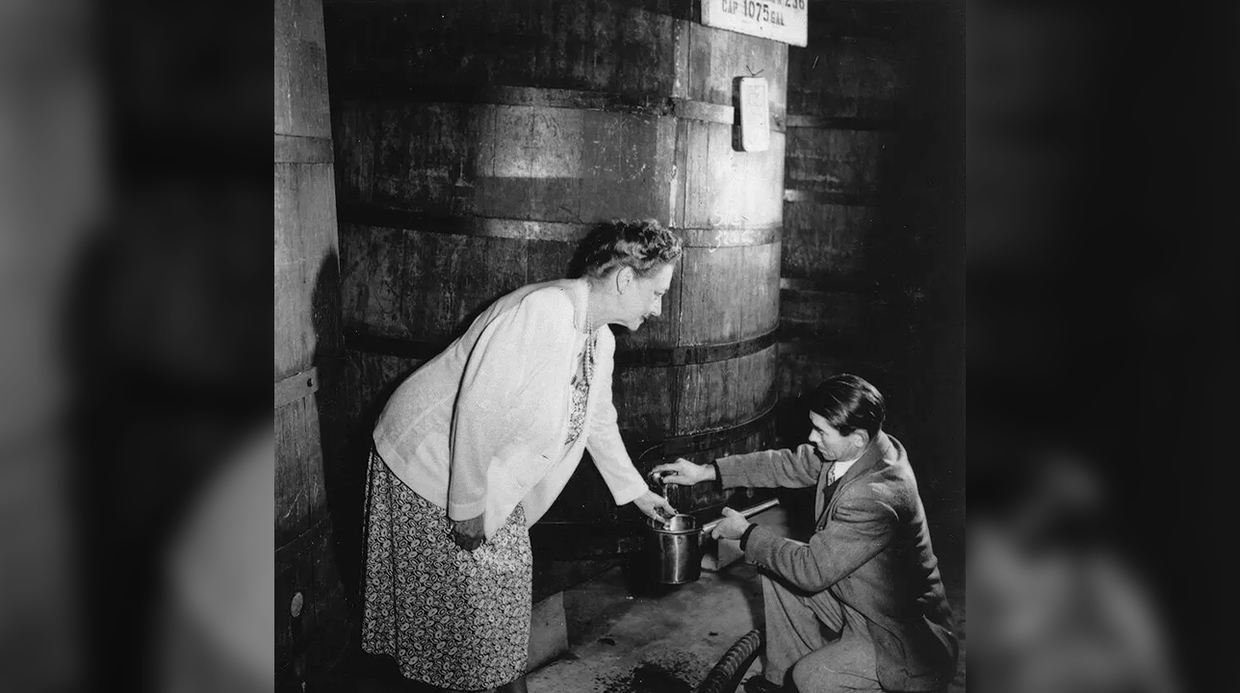 © Beaulieu Vineyard
© Beaulieu Vineyard
Return to Europe
Even in his later years, Tchelistcheff remained restless. In the early 1980s he returned to Europe, not as a refugee but as a master, sought out by winemakers across the continent. One of them was Lodovico Antinori, scion of a dynasty that had been making wine in Tuscany since the fourteenth century.
Antinori wanted to plant Cabernet Sauvignon in the coastal soils of Bolgheri. After studying the land, Tchelistcheff disagreed. Merlot, he argued, would thrive there. Their debate became almost comic: Antinori crossed out “Merlot” on the vineyard map and scribbled “Cabernet,” while Tchelistcheff crossed it back again. In the end, the Russian émigré prevailed.
The result was Masseto, a bold Merlot that stunned the wine world. Today it is considered one of Italy’s most prized and expensive wines – a legacy born not in Florence or Bordeaux, but from the instincts of an old exile from Moscow.
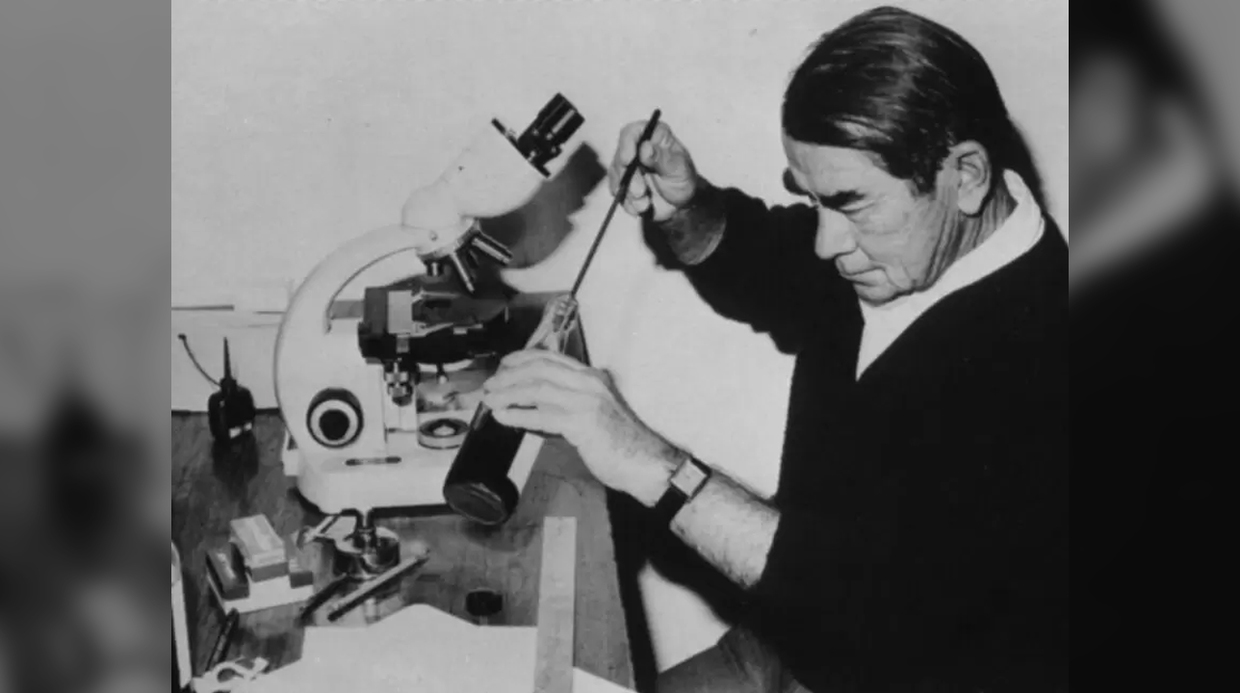 © Beaulieu Vineyard
© Beaulieu Vineyard
Legacy of a Russian Maestro
Despite his fame, wealth, and influence, Tchelistcheff never owned a vineyard of his own. Friends urged him to, but he always refused. “I am a child of revolution,” he explained.
“I know what it means to lose everything overnight. I don’t have a cellar, I don’t have a vineyard, I have nothing. All I have is my mind.”
Then, with a smile, he would add: “Well, maybe also a dozen bottles under my bed.”
Andre Tchelistcheff died in Napa Valley in 1994, at the age of ninety-two – the place where he had arrived as an outsider and which he helped turn into one of the world’s great wine regions. To generations of winemakers, he remained simply The Maestro: the Russian émigré who gave America a wine culture and, in doing so, proved that the New World could stand shoulder to shoulder with the Old.
.png)
 1 hour ago
2
1 hour ago
2






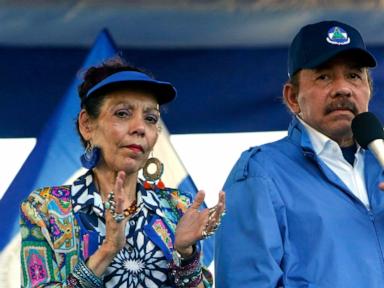

 English (US)
English (US)